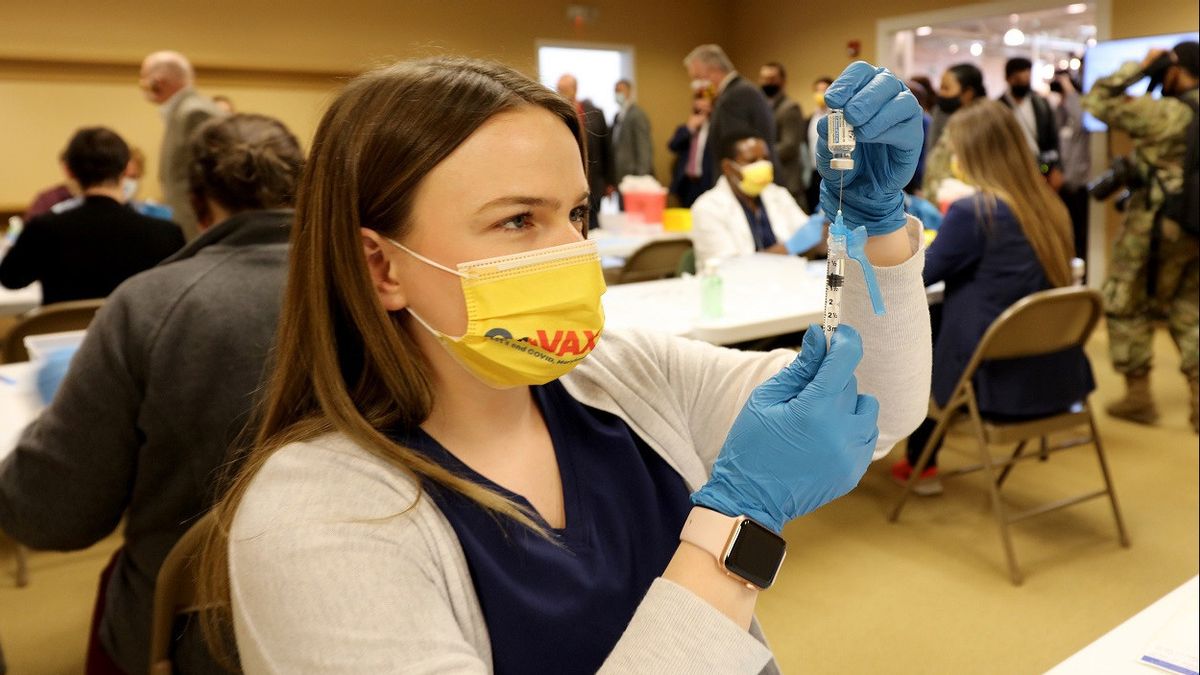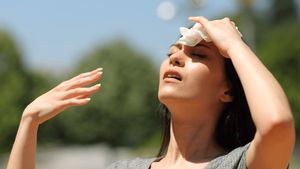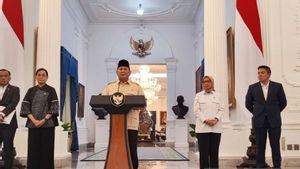JAKARTA - The World Health Organization (WHO) on Monday recommended immunocompromised individuals, as well as elderly people (elderly) over 60 years who receive the Sinovac and Sinopharm vaccines, receive the third dose of the COVID-19 vaccine.
The Strategic Advisory Expert Group (SAGE) on immunization said additional doses should be offered as part of an extended primary series, as these individuals are less likely to respond adequately to standard vaccination and are at high risk of developing severe COVID-19. disease".
"The recommendation is for a third vaccination, an additional vaccination in the primary series that is based on evidence that suggests, the immunogenicity of evidence about breakthrough infection is grossly disproportionately represented by those individuals," said WHO Vaccines Director Kate O'Brien, referring to people with lower immunity due to other conditions, citing Reuters 12 October.
In addition, the panel also recommends that people over the age of 60 who receive Sinovac and Sinopharm's COVID-19 vaccine receive the third dose approximately one to three months after completing the second dose, citing research evidence in Latin America, reducing efficacy over time. time.
"Observational data on Sinopharm and Sinovac injections clearly show, in the older age group, the vaccine worked less well after two doses," said Joachim Hombach, secretary of the independent panel of experts that convened a five-day closed-door meeting last week.
"We also know that adding a third dose or moving to a two-plus-one schedule provides a strong (immune) response. So we hope from there on much better protection," he said.
Health authorities using the Sinopharm and Sinovac vaccines should aim first to maximize two-dose coverage in the older population, and then administer a third dose, the panel said.
The SAGE group, made up of independent experts who make policy but not regulatory recommendations, will review all global data on booster injections at its Nov. 11 meeting, amid questions about variants and potential reduced immunity, O'Brien said.
He said that currently around 3.5 billion doses of the COVID-19 vaccine had been given. An estimated 1.5 billion doses are available globally each month, enough to meet the vaccination target of 40 percent of each country's population by the end of the year, but the distribution is uneven, he added.
- https://voi.id/berita/92720/desak-america-serikat-terbuka-dunia-insiden-kapal-selam-nuklirnya-china-no-berresponsible-dan-tak-transparan
- https://voi.id/berita/90867/russia-launch-kapal-selam-class-kilo-terbaru-akhir-tahun-dilengkapi-rudal-jelajah-kalibr
- https://voi.id/berita/92829/polisi-berlin-gelar-investigation-case-syndrom-havana-di-keduatan-besar-america-serikat
- https://voi.id/berita/91615/russia-bakal-operationalkan-12-sistem-optik-laser-for-kontrol-ruang-angkasa-tahun-2025
- https://voi.id/berita/90847/laboratorium-eropa-sebut-masker-besutan-israel-99-95-persen-protective-terhadap-covid-19-varian-delta
"Giving that booster dose to individuals who have already benefited from the primary response, such as putting two life jackets on one person and leaving the other person without a life jacket," O'Brien said.
"In this case we are talking about giving the first life jackets to people who have immunocompromising conditions," he concluded.
The English, Chinese, Japanese, Arabic, and French versions are automatically generated by the AI. So there may still be inaccuracies in translating, please always see Indonesian as our main language. (system supported by DigitalSiber.id)













